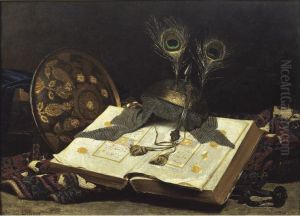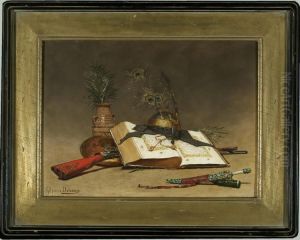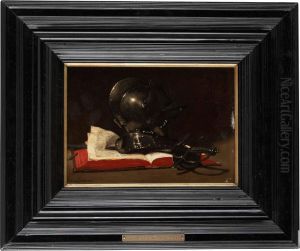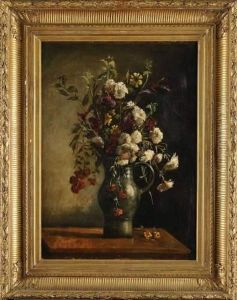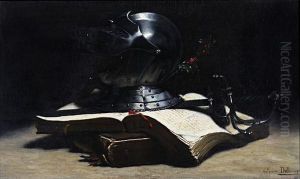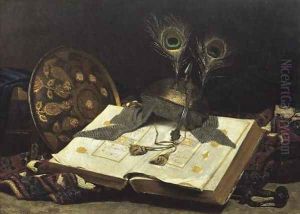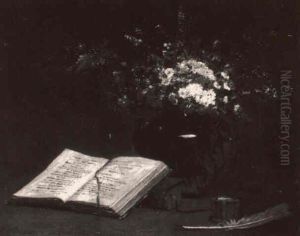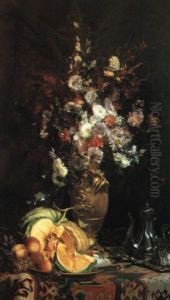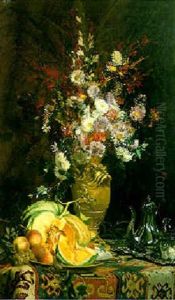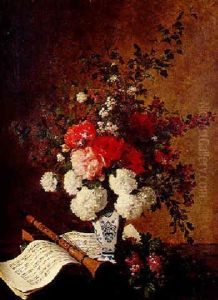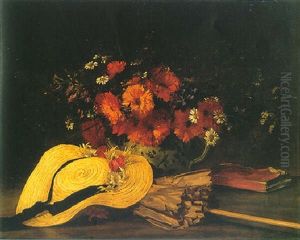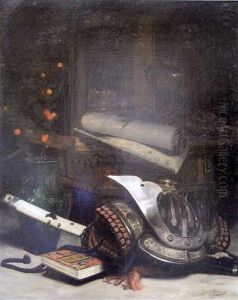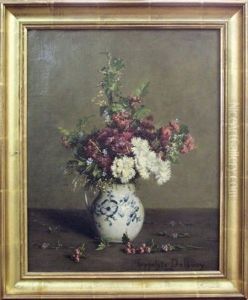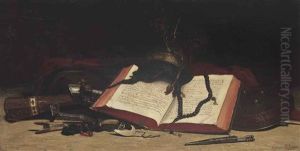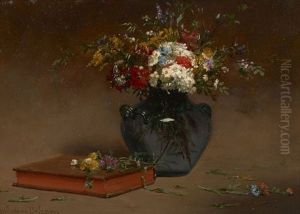Hippolyte Pierre Delanoy Paintings
Hippolyte Pierre Delanoy was a French painter born on January 17, 1836, in Paris, France. He is often associated with the genre of landscape painting, which he pursued with a keen interest in capturing the natural beauty of the French countryside. Delanoy received his artistic training at the École des Beaux-Arts in Paris, an institution renowned for producing many of the era's most distinguished French artists.
During his career, Delanoy was influenced by the Barbizon School, a group of artists who focused on realistic and unembellished portrayals of nature, drawing inspiration from the rural village of Barbizon near the Forest of Fontainebleau. Their emphasis on plein-air painting, or painting outdoors, resonated with Delanoy, and he often depicted the serene and pastoral landscapes of France with a delicate sensitivity to light and atmosphere.
Despite his talents, Delanoy did not achieve the same level of fame or recognition as some of his contemporaries like Jean-François Millet or Théodore Rousseau. However, he exhibited his works at the Paris Salon, a prestigious annual and then biannual art exhibition held in the capital, which was the official art exhibition of the Académie des Beaux-Arts in Paris. Through these exhibitions, his paintings reached a wider audience, and he gained a modest following for his serene landscapes and depictions of rural French life.
Delanoy's body of work reflects the transition from traditional landscape painting to the more modern approaches that would emerge later in the 19th century. His style maintained a detailed naturalism while also hinting at the looser brushwork that would become characteristic of the Impressionists. Delanoy's paintings are now considered valuable for their historical depiction of the French countryside during a period of profound transformation and industrialization.
Hippolyte Pierre Delanoy passed away on February 14, 1910, in Paris. Although he was not as well-known as some of his peers during his lifetime, his work has been reassessed by art historians and collectors, and he is now appreciated for his contribution to the landscape genre of the 19th century. Today, his paintings can be found in various art museums and private collections, where they continue to be admired for their tranquil beauty and historical value.

